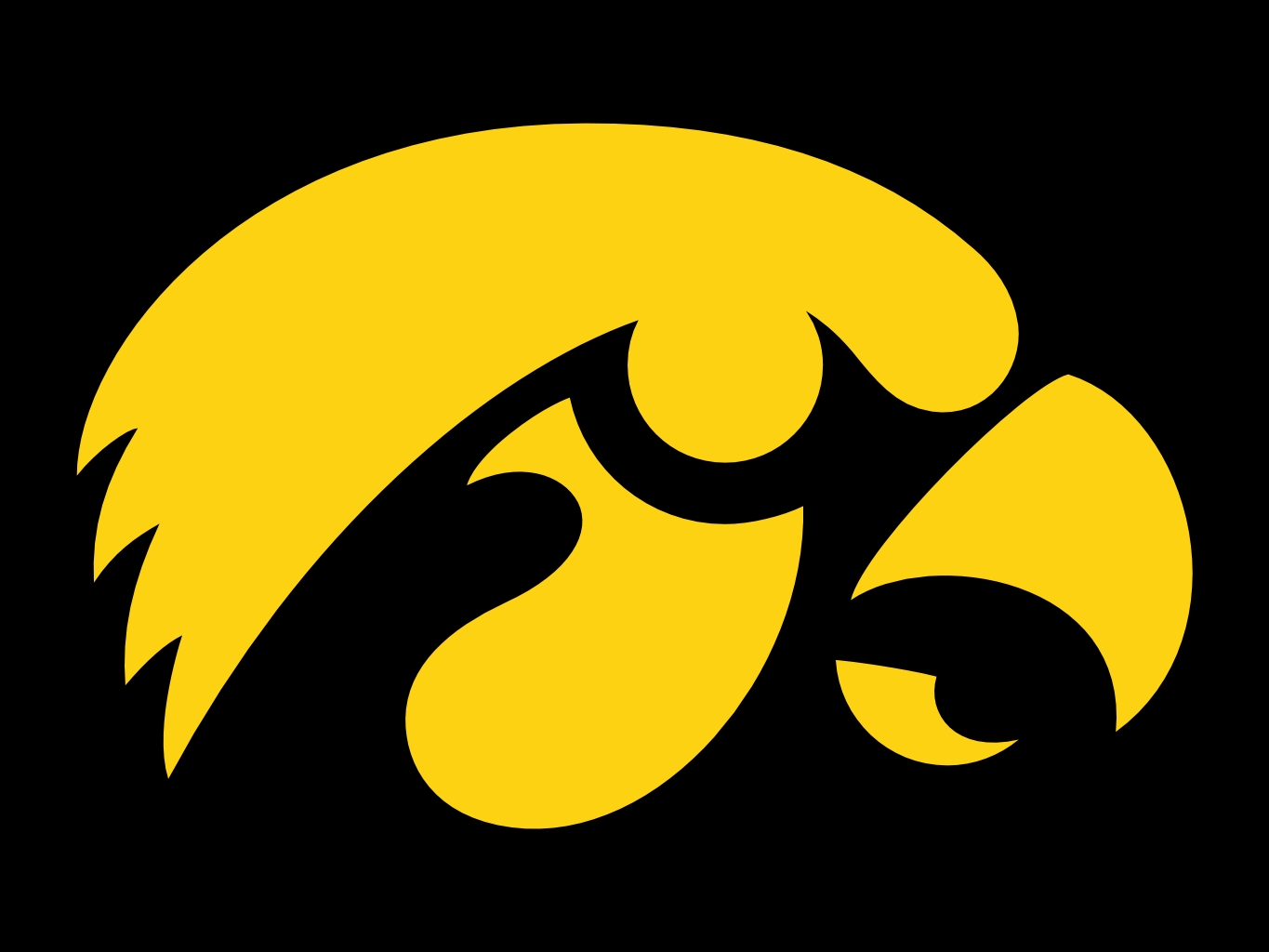One of the goals of a playoff should be to reward the best team. This is why 1 seeds get to play 8 seeds, and why higher ranked reams get byes. Is there a way to maximize the chance the best team wins? With a couple reasonable approximations, I think there is.
Approximation 1: I'm going to assume the best teams wins at a constant percentage (X) of the time. This is not true, it depends on the strength of various teams, but it's a serviceable estimate.
Approximation 2: To do this I need to know where the "best team" is in the BCS standings. I'm going to assume that the likelihood drops off geometrically with each spot. So if the 1st team has a .5 chance of being the best, the second will have .25, the third will have .125, the fourth will have .0625. Of course, this has to be adjusted so that the sum equals 1, so the first team's chance is 1-R where R is the rate of drop off. Here's another example: 1st= .333, 2nd is .222, 3rd is .148, etc.
The chance that the best team wins in an N team is easy to calculate (using normal playoff systems and giving byes to the best teams). But instead of putting in tables with too much numbers like I normally do, I've broken out the markers and done a graph. If you can do this with software please let me know, it'd clearly be way better.
For the mathematically inclined there's a whole family of interesting curves that serve as many of the boundaries, all with the formula R=(1/X-1)^(1/odd).

So the more often the better team wins (farther right) and the less accurate BCS rankings are
(farther down) the more teams the optimal playoff has. Interestingly, at no point is the traditional playoff structure (powers of 2 like 2, 4, 8, etc.) the most efficient. Odd ones like 3, 5, and 6 swipe up large areas on the graph. What's important though are which values college football has for constants.
Using the Massey Ratings number 1 as the true "best" team, the drop off constant is .667. Using my ratings to find the true "best" team the best match is a constant of .429, and an average of the two gives a constant of .579 (yeah, that's not the arithmetic average, but it works).
Based off the calculations earlier in the week the better team wins about .85 of the time. That seems high though for a tournament with all the best teams in the nation. You could use my ratings to find a ratio between teams like Boise St and Auburn, and then you'd often get winning percentages around .7 or .75 (this year it's a little lower, the top teams are kinda bunched).
Using .85 and .579 as constants the most effective playoff system is a 6 team playoff.
Using .7 and .579 as constants the most effective playoff system is a 3 team playoff.
In general, 3, 5, and 6 team playoffs are the most effective for college football (hint for the BCS- NOT A 2 TEAM PLAYOFF). 3 and 6 are probably better than 5 because of the wide range of constants they cover. Which one of those two should be the playoff system in college football is a question for tomorrow.



No comments:
Post a Comment